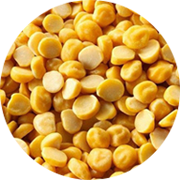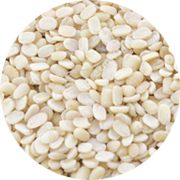Welcome to ETG India
ETG globally, has over five decades of experience in building regional Agri-business supply chains in the world's fastest growing markets. It globally operates 71 processing plants and moves over 4MMT of Agri-commodities through its channels and has presence in over 40 countries. With a vision to enhance India's pulses security and facilitate in making it a protein-rich nation, ETG India is building the largest pulses processing and marketing platform.
Our Vision
ETG envisions a world where we transcend limitations; while positively impacting the lives of all our partners.






